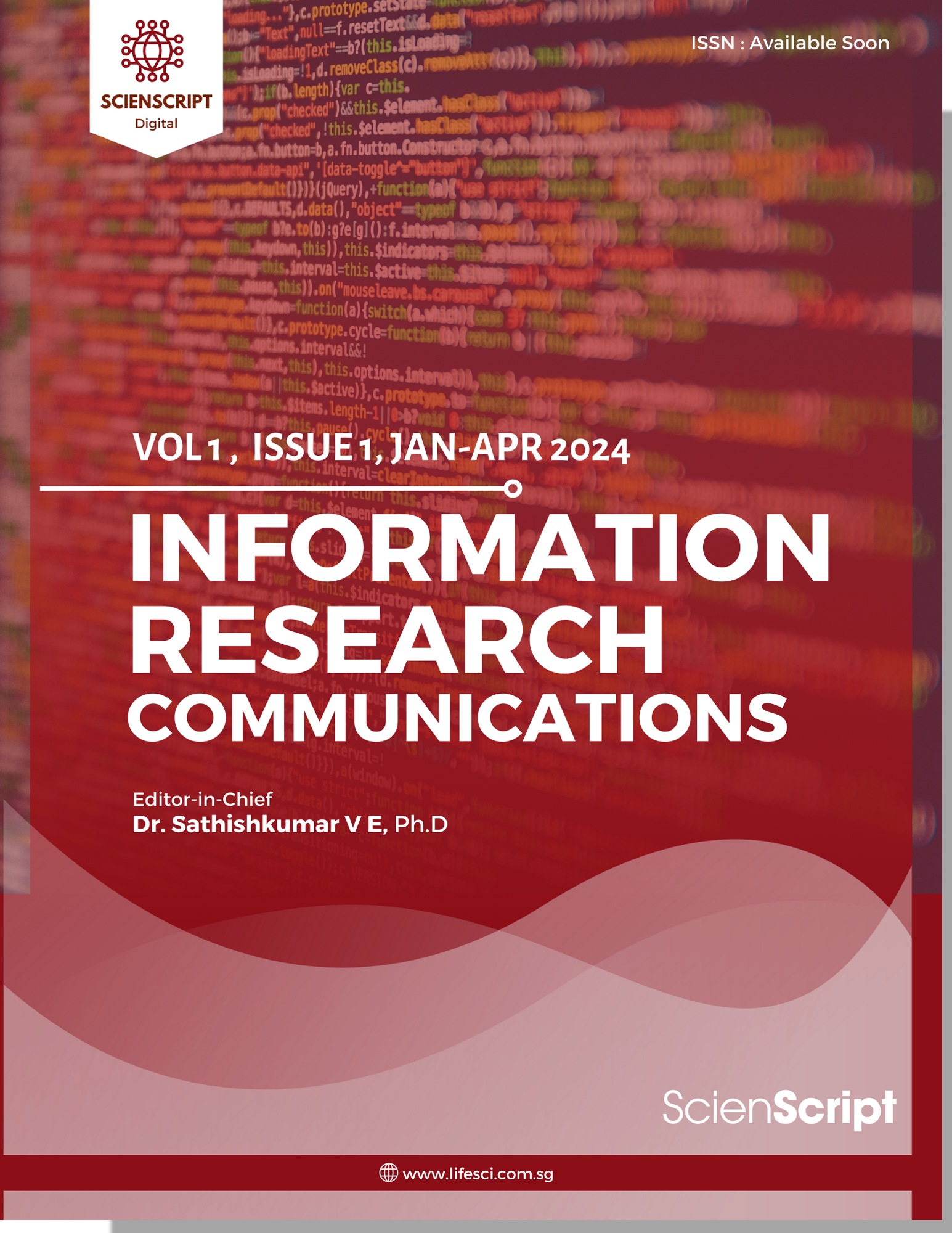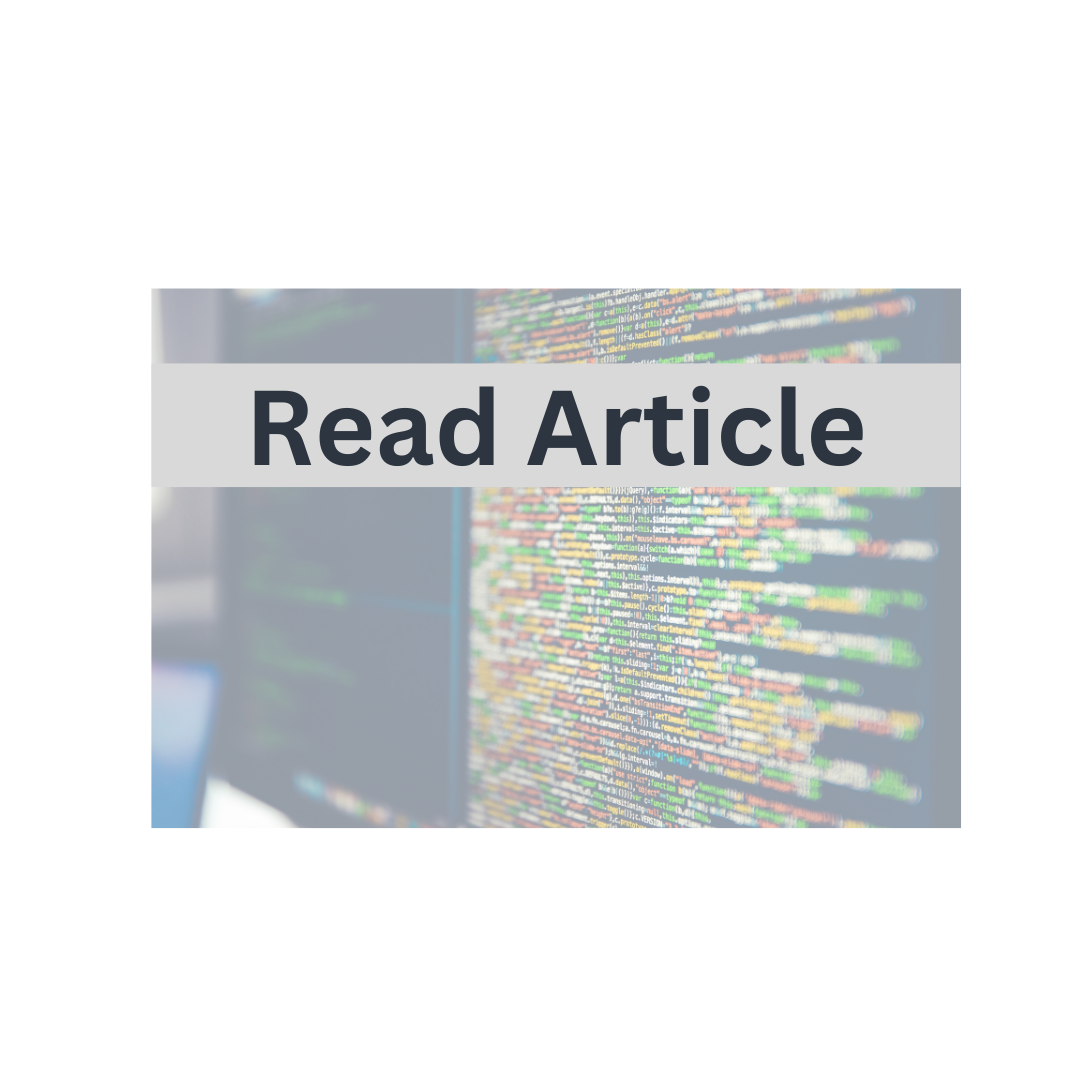
Contents:

Abstract content not found!

Why We Need a Journal on Information Research: Navigating the Depths of Knowledge in the Digital Era
Abstract content not found!

The advent of blockchain technology has revolutionized various sectors, offering unparalleled security, transparency, and decentralization. In the realm of scholarly communication, where integrity, trust, and accessibility are paramount, blockchain presents a promising solution to address existing challenges. This article explores the potential of blockchain in enhancing scholarly communication, delving into its applications, benefits, and future implications. Through case studies and analysis, we demonstrate how blockchain can facilitate open access publishing, ensure the authenticity of academic work, and revolutionize peer review processes. Moreover, we discuss the ethical considerations and cultural implications of integrating blockchain into scholarly communication practices, emphasizing the need for interdisciplinary collaboration and global perspectives. By embracing blockchain technology, the scholarly community can usher in a new era of transparency, accountability, and inclusivity, fostering a vibrant intellectual ecosystem for generations to come.

Background
Scientometric exploration is the quantitative analysis of scientific literature, which takes into account collaborations, trends, and patterns within a specific area of study. The study of how medications and other treatments might modify or regulate inflammatory processes in the body is known as inflammation pharmacology, and this is presumably the topic of the research in question. Numerous diseases, such as autoimmune disorders, cardiovascular conditions, and others, are heavily influenced by inflammation.
Objectives
The paper aims to quantify the volume of research articles, reviews, and other scholarly publications that pertain to inflammation pharmacology. Through co-authorship analysis and affiliation data, the paper intends to identify the prominent researchers and academic institutions that have contributed significantly to the field of inflammation pharmacology.
Results
1993 publications were published on Bangladesh Inflammation Pharmacology research and received 51997 citations, from 2018-2022. Medicine has the highest number of total publications (484) and a moderate average citation rate of 64.27 citations per publication. Most publications on Bangladesh Inflammation Pharmacology research were from the Bangladesh (n=1393), India (n=269), Saudi Arabia (n=230) and South Korea (n=204) are the top three countries in terms of the number of publications (TP). University of Dhaka has the highest number of papers (225) among the listed organizations, with a relatively high average of 91.924 citations per papers. Top productive author were identified Emran TB, Centenary Institute of Cancer Medicine and Cell Biology, Sydney, Australia (n=103), Rahman MM, Daffodil International University, Dhaka, Bangladesh (n=103). the Molecules published most scientific publications on Bangladesh Inflammation Pharmacology research (n=47) followed by Biomedicine and Pharmacology (n=34), JAMES SL, 2018, LANCET: This Paper Has the Highest Total Citations (7023) Among the Listed Papers, Indicating Its Significant Impact. It Has an Average Of 1170.50 Citations Per Year.
Conclusion
The scientometric analysis of Bangladesh’s inflammation pharmacology research is not merely a retrospective exercise; it is a dynamic exploration of the nation’s scientific journey.

Background
This paper offers an in-depth analysis of scientometrics within the information research landscape of Southeast Asia. Scientometrics, the quantitative study of science and scientific research outputs, has become increasingly significant in understanding the dynamics and trends of scholarly communication. Southeast Asia, a region characterized by diverse cultures, languages, and socioeconomic contexts, presents a unique terrain for information research.
Objectives
The paper aims to quantify the volume of research articles, reviews, and other scholarly publications that pertain to Southeast Asia’s Information. Through co-authorship analysis and affiliation data, the paper intends to identify the prominent researchers and academic institutions that have contributed significantly to the field of Southeast Asia’s Information.
Methodology
comprehensive search string was extracted from Web of Science citation database for identification, and downloaded of relevant papers published between January 2014 to December 2023 on Information trend, Information retravel, data science, machine learning in information retrieval research. The data was used to manage the extracted data and perform statistical analysis and developed bibliometric analysis. The 1,393 records were extracted as a CSV file and imported by Biblioshiny and VOSViewer software, which provides a network visualization of publications
Results
786 publications were published on Southeast Asia’s Information Research Landscape research from 2014-2023. Total 786 publications 17,413 citations, 22.1 Average citations per papers and 58 h-index identified, which were rearraigned in the decreasing order of citations, there are a total of 786 documents in this dataset. The dataset indicates a negative annual growth rate of -19.73%. This suggests a decline in the number of documents over time. The average age of the documents is 3.75 years, indicating that the content is relatively recent. Each document has an average of 21.8 citations, suggesting that the documents are cited frequently.
Conclusion
The exploration of scientometrics within Southeast Asia’s information research landscape offers valuable insights into the region’s scholarly horizons. Through this study, we have illuminated key trends, challenges, and opportunities that shape the dynamics of scientific communication and knowledge production in Southeast Asia.

This paper has been conducted to study the Indian Higher education research output in the last 10 years (2014-2023). We received 3,583 total publications 57,389 citations, and 16.02 Average citations per paper at the time of data extraction. After collecting the Web of Science database, the data were analyzed using specific parameters. This study investigates the impact of the most productive year; most productive subject areas, most collaborative countries, most productive and impactful organizations and authors, and also a study conducted identify the most productive journals and keywords. For visualizing purposes, VOSviewer has been used. We retrieved 3583 publications from the Web of Science (WoS) consisting of 1316 journal articles and 229 review papers. The data analysis indicates that consistent growth increasing multi authorships is a general trend of research-Indian Institute of Technology System IIT System, International Institute for Population Sciences in terms of domestic collaboration.

Abstract content not found!

Abstract content not found!


